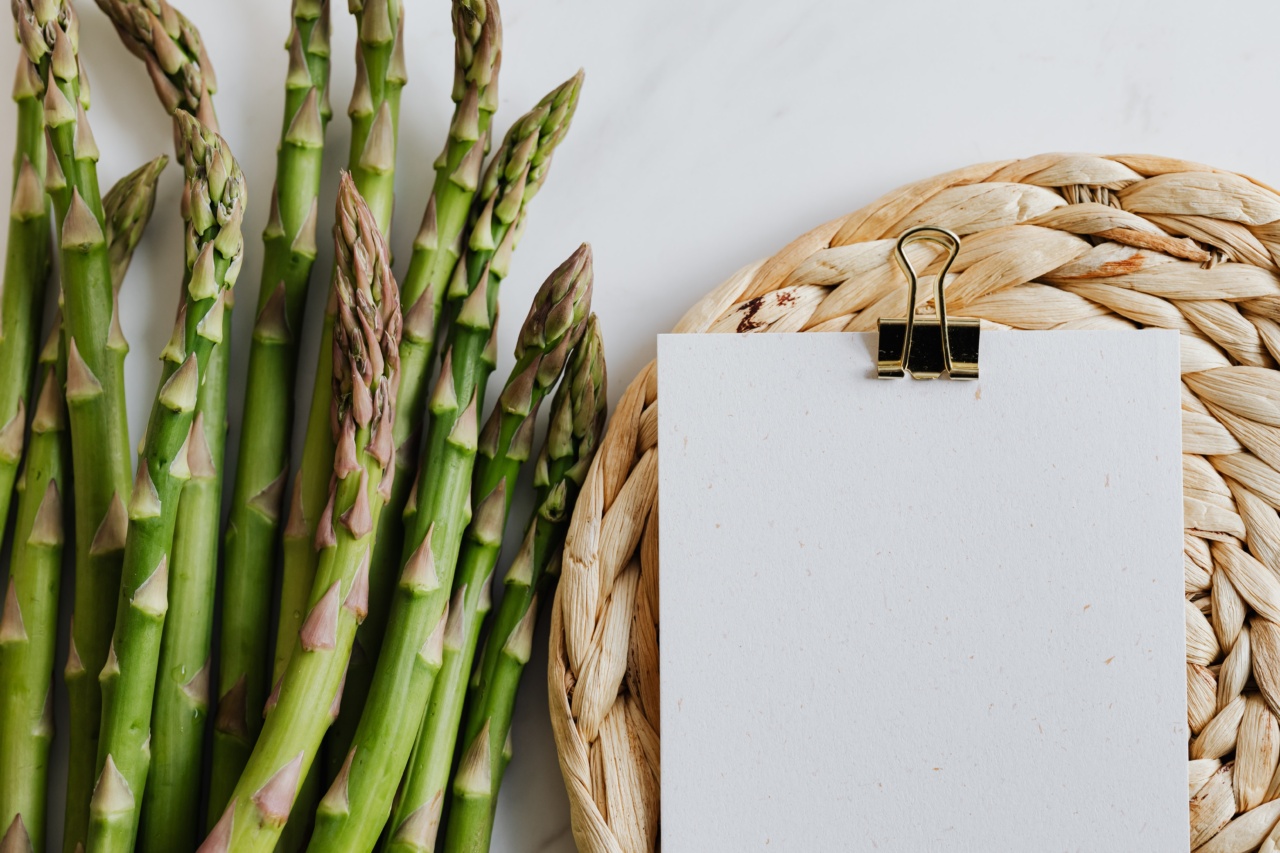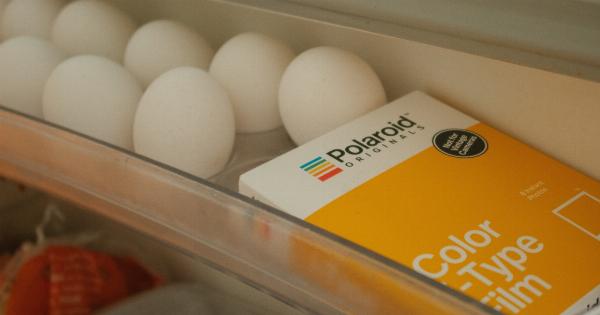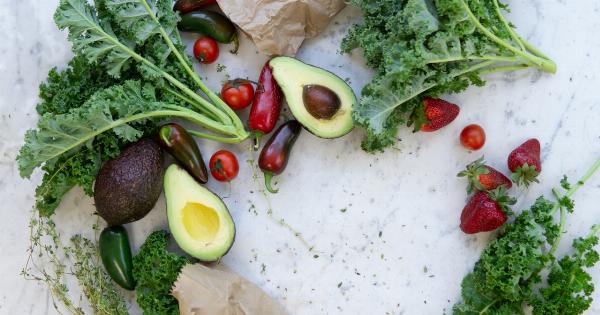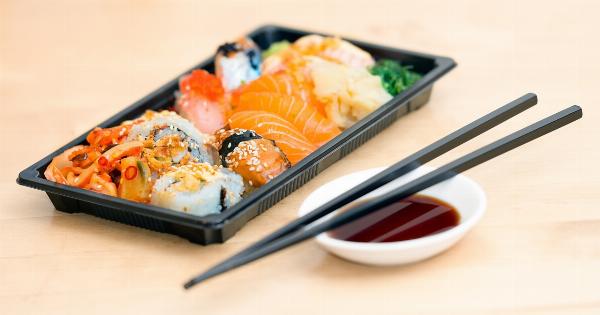Keeping your fridge organized is not only aesthetically pleasing but also crucial for preserving the freshness and quality of your food. Poor organization can lead to wasted food, a cluttered fridge, and even potential health risks.
In this article, we will provide you with some valuable tips on how to organize your fridge to maximize its efficiency and keep your food fresher for longer.
1. Clean and Disinfect Regularly
Before diving into organizing your fridge, it’s important to start with a clean slate. Regularly cleaning and disinfecting your fridge helps to eliminate any bacteria or odors that can compromise the freshness of your food.
Remove all items from your fridge, discard any expired or spoiled food, and wipe down all surfaces with a mixture of warm water and mild detergent. Don’t forget to clean the shelves, drawers, and door seals. Once clean, dry the interior thoroughly before restocking your fridge.
2. Group Similar Items Together
One of the basic principles of fridge organization is to group similar items together. This not only makes it easier to locate items but also helps to maintain a consistent temperature within your fridge.
Store fruits together, vegetables together, meat and poultry together, dairy products together, and so on. You can use labeled containers or separate bins to keep everything neatly organized.
3. Utilize Storage Containers and Bins
Investing in storage containers and bins is a game-changer when it comes to fridge organization. These handy tools help to maximize space, prevent spills, and keep your fridge looking tidy. Use clear containers to store leftovers, sauces, and condiments.
Bins can be used to group small items like yogurts, cheese, and snacks together. Ensure that the containers and bins you choose are a suitable size for your fridge shelves and are easy to clean.
4. Take Advantage of Fridge Door Shelves
The door shelves in your fridge are ideal for storing items that have a longer shelf life, such as condiments, beverages, and eggs.
However, it’s important to note that these shelves tend to experience more fluctuation in temperature due to their proximity to the outside. Avoid storing highly perishable items, such as milk, on the door shelves. Instead, reserve these shelves for items that are less sensitive to temperature changes.
5. Utilize Fridge Drawers Correctly
Your fridge likely has separate drawers for fruits and vegetables. These drawers are designed to provide the ideal environment for these perishable items. Ensure that the humidity settings on your drawers are adjusted correctly for the contents.
Fruits generally require lower humidity levels, while vegetables prefer higher humidity. By storing your produce in the appropriate drawer, you will extend its freshness and prevent spoilage.
6. Follow the First-In, First-Out Rule
The first-in, first-out (FIFO) rule is essential for minimizing food waste and ensuring that you consume your perishable items before they expire. As you organize your fridge, move older items to the front and place newly purchased items at the back.
This way, you will always reach for the oldest food first, reducing the chances of forgetting about items and having them spoil.
7. Keep a Fridge Inventory
Maintaining a fridge inventory is beneficial for both organization and meal planning. Take a few minutes each week to create a list of items in your fridge, along with their expiration dates.
This not only helps you keep track of what you have but also allows you to plan meals around the items that need to be consumed sooner. Consider using smartphone apps or magnetic whiteboard calendars to make this process even easier.
8. Avoid Overpacking
While it may be tempting to cram as much as possible into your fridge, overpacking can hinder proper airflow and cause uneven cooling. An overcrowded fridge also makes it difficult to see what items you have, leading to expired or forgotten food.
Allow for adequate space between items to promote airflow and maintain a consistent temperature throughout your fridge.
9. Label and Date Your Food
Labeling and dating your food containers is a simple yet effective way to stay organized and prevent food waste. Use labels or masking tape to clearly mark items with their contents and the date they were stored.
This way, you can easily identify items, know when they were prepared or purchased, and prioritize their consumption based on freshness.
10. Perform Regular Maintenance
Lastly, maintaining an organized fridge requires periodic maintenance. Take the time to reorganize your fridge every couple of weeks, discarding expired items and wiping down surfaces.
Check the temperature settings to ensure they are optimal for food storage. Additionally, inspect the door seals for any signs of wear or damage and replace them if necessary. Regular maintenance will help you keep your fridge functioning efficiently and extend its lifespan.































